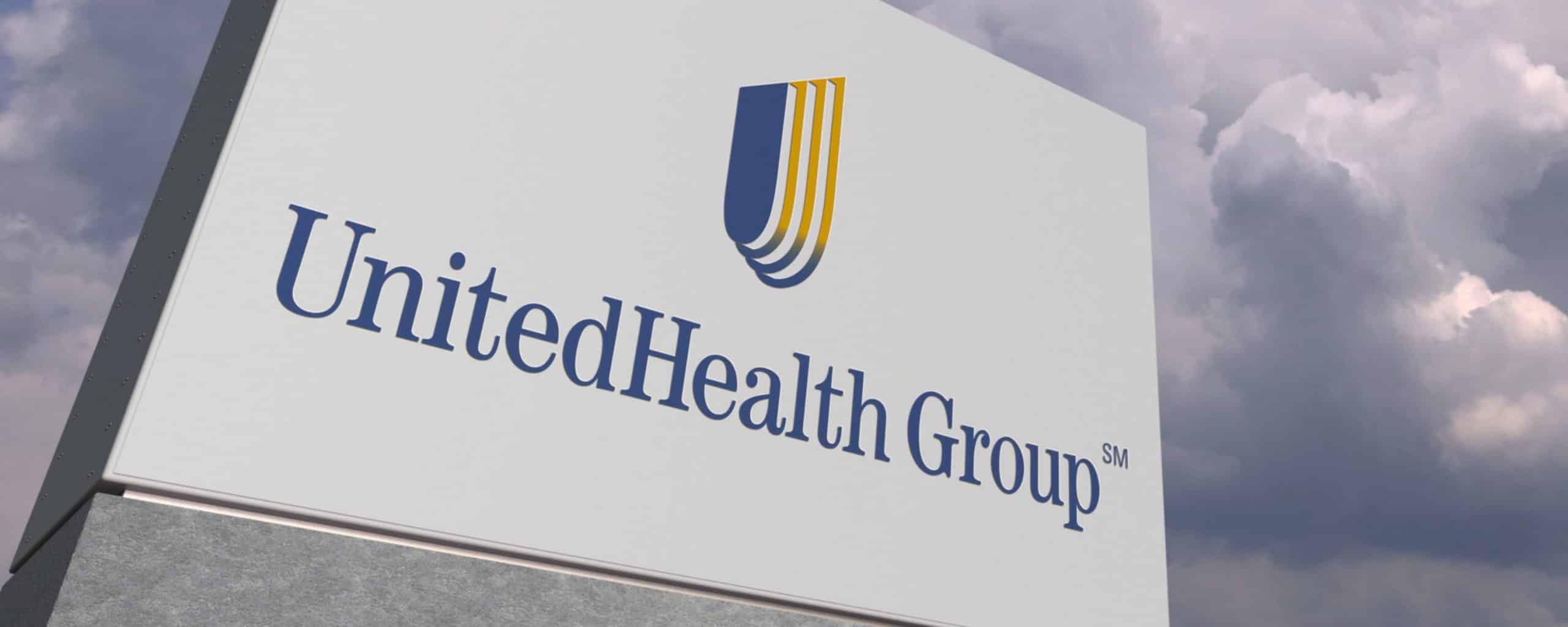
UnitedHealth Group Incorporated is anticipated to report strong fourth-quarter earnings with an estimated EPS of $6.72 and revenue of $101.73 billion.
The company’s financial health is highlighted by a P/E ratio of 35.05 and a price-to-sales ratio of 1.28, indicating a positive market valuation.
Key financial metrics such as the enterprise value to sales ratio of 1.40 and the debt-to-equity ratio of 0.78 provide insights into UnitedHealth’s valuation and financial leverage.
UnitedHealth Group Incorporated, listed on the NYSE under the symbol UNH, is a leading healthcare company in the United States. It provides a wide range of health benefits and services through its various business segments. As a major player in the healthcare industry, UnitedHealth competes with other giants like Anthem and Aetna. The company is set to release its quarterly earnings on January 16, 2025, with analysts estimating an EPS of $6.72 and revenue of $101.73 billion.
Analysts are optimistic about UnitedHealth’s performance for the quarter ending December 2024. They are focusing on key metrics beyond traditional revenue and earnings estimates to gain deeper insights into the company’s financial health. This comprehensive analysis aims to provide a clearer picture of UnitedHealth’s operational efficiency, as highlighted by Zacks Investment Research.
UnitedHealth is expected to benefit from an increase in premiums and service revenues, which could positively impact its fourth-quarter earnings. This growth suggests a strong quarter for the company, potentially making it an attractive option for investors. The company’s financial metrics, such as a P/E ratio of 35.05 and a price-to-sales ratio of 1.28, reflect the market’s valuation of its earnings and sales.
The enterprise value to sales ratio of 1.40 and the enterprise value to operating cash flow ratio of 32.81 indicate UnitedHealth’s total valuation relative to its sales and cash flow generation. The earnings yield of 2.85% provides insight into the return on investment for shareholders. Additionally, the debt-to-equity ratio of 0.78 and the current ratio of 0.91 suggest the company’s financial leverage and ability to cover short-term liabilities.

